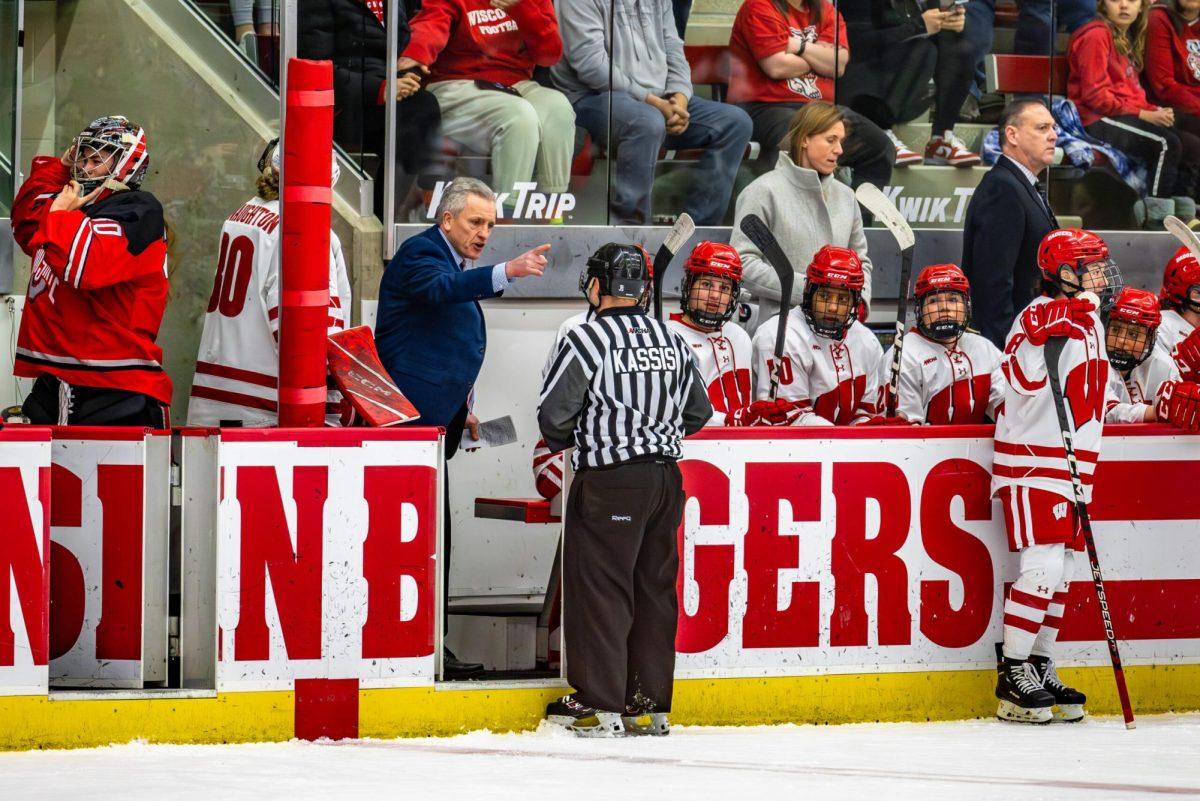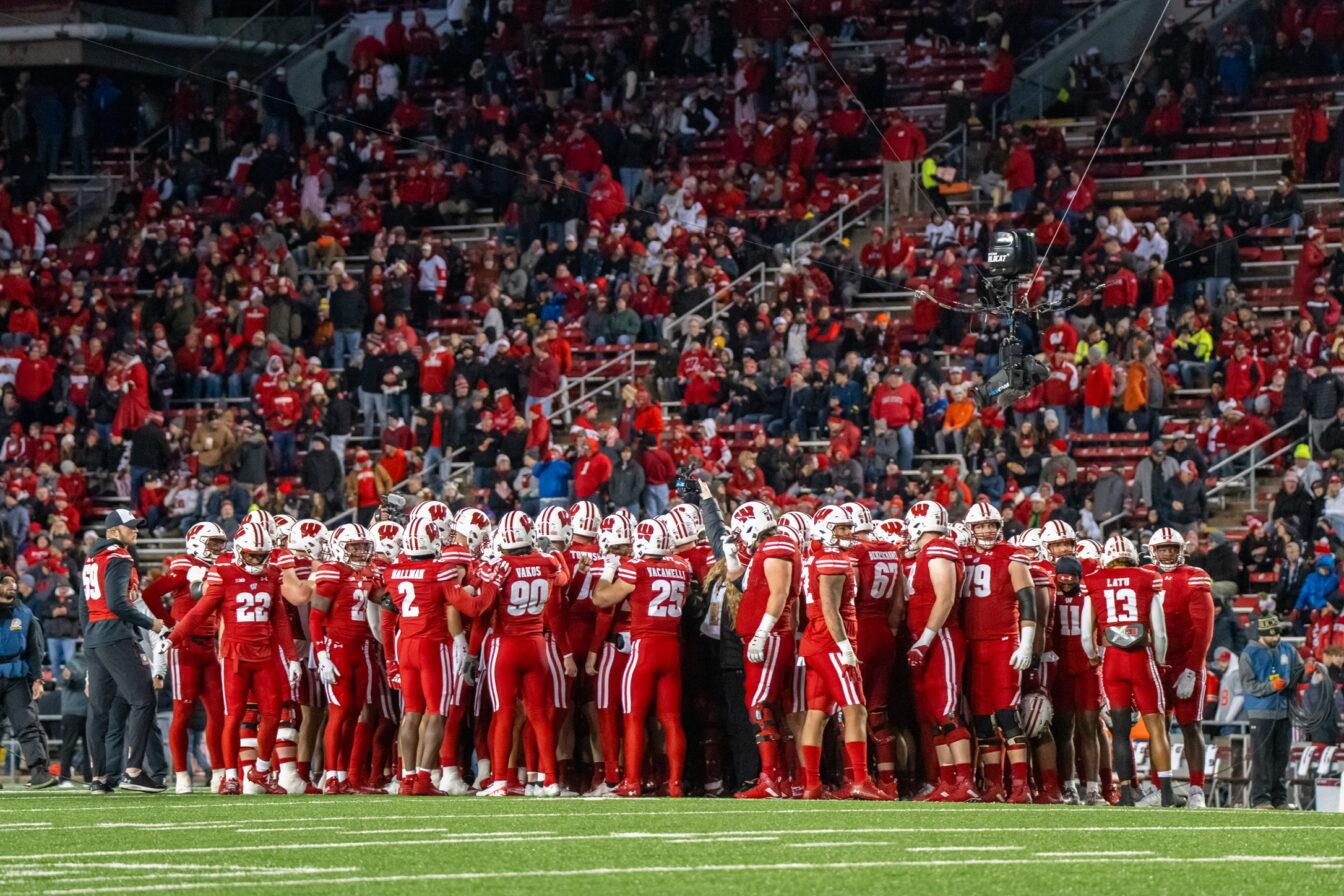September baseball can be polarizing as a presidential campaign or the Pepsi Challenge, depending on the club to which you pledge your allegiance.
For a contending team’s fans, September represents the final charge, where every win brings euphoria and each loss signals the apocalypse. For a losing ballclub, however, there are no heart pounding moments, only the slow drone of another summer lost. But that’s not to say Mudville — or Pittsburgh, or Kansas City or San Diego — is completely devoid of joy this time of year. Along with the realization that you didn’t need to budget for playoff tickets, September also brings expanded major league rosters, providing teams the opportunity to evaluate the talent that’s spent the summer toiling in the farm system. These minor leaguers provide slivers of hope, suggesting maybe next year will be the year; and with two low-A ballclubs calling eastern Wisconsin home, it’s easy to see all is not lost in the Dairy State.
Before discussing the stars of tomorrow playing for the Wisconsin Timber Rattlers and the Beloit Snappers, it’s necessary to note the difference between the affiliated minor leagues and the independents. The Madison Mallards, of the all-you-can-drink tickets and zip-lining mascots, are an independent collegiate summer league team, where student-athletes compete with the hope of getting noticed by a major league scout. The Timber Rattlers and Snappers, which represent the Brewers and the Twins, respectively, are part of MLB’s minor league hierarchy. Players who excel with these teams will make their way up the ladder until they’re ready for the big crowds — and big pay days — of the majors. Minor leaguers take buses, not planes, to their games, and spend more time at Applebee’s and Arby’s then they do night clubs, but there is a light at the end of that tunnel.
For Brett Lawrie, the light just grew a bit brighter. While Lawrie called Appleton home for much of his summer, he was just recently promoted to the Brewers AA affiliate in Huntsville, Ala. Undoubtedly, the promotion would not have been possible had he not shown some value in Joe McCarthy’s hometown. Hitting .275 with 13 HR, Lawrie put up a respectable .802 OPS, especially for a second baseman in the Midwest League, where offense often lags behind pitching. Unfortunately, those numbers would’ve looked even better had Lawrie been able to remain at his original position — catcher. Like many Brewers prospects of recent times, Lawrie’s big bat weighs down his defense. Put him in a lineup with Ryan Braun (a third baseman who couldn’t play third) and Mat Gamel (baseball’s version of Troy Williamson) and you have the makings of a young team that can hit dingers but won’t catch a ball or a break. Still, he’s only 19 years old, and Canadian to boot, so we shouldn’t be too hard on the kid.
Down in Beloit, the only thing faster than the sound of jobs leaving is Aaron Hicks. Ranked No. 39 in Baseball America’s 2009 Top 100 (Lawrie was 81), Hicks personifies the type of player the Twins love drafting. He’s bursting with potential and he possesses the ever-enigmatic “five tools” — speed, defense, arm, hitting for contact, hitting for power — but he needs some refinement. Too often, “toolsy” players end up as speedy outfielders who can’t make contact or slug above their batting average. But there’s always reason to find hope in a switch-hitting center fielder who can seemingly do it all, and though his half season in Beloit has been unremarkable (a .240 batting average with only 2 HRs) no one will be giving up on him any time soon. Even more, if it’s decided four years down the road that he won’t become a major league outfielder, he can always try his hand at pitching, where his high school fastball peaked at 97 mph.
But before we commission the Hall of Fame plaques, consider the folly in hailing two 19-year-olds as the heroes of their big league clubs. Remember the last time we anointed a young kid savior? Good early career, but he didn’t do much after 33. While Lawrie and Hicks have the talent to become impact players, every year we see a few former “can’t miss” prospects fade into oblivion.
Too often the culprit of a promising career cut short is injuries. This is why pitching mechanics play such a huge role in the draft stock of a player, though both Tim Lincecum and Mark Prior could attest to the uncertain nature of that type of evaluation. There is a certain shame in seeing someone seemingly destined for greatness derailed by a blown out knee or shoulder, but it is nothing compared to the real killer in the minor leagues: youth.
Many consider Jeremy Jeffress the brightest pitching prospect in the Brewers minor league system. Unfortunately, he hasn’t taken the mound for a couple of months, due to his second drug suspension. Apparently, Jeffress liked to complement his smoking fastball with some smoking of his own, and while he’s hardly a hardened criminal, he’s seriously jeopardized his future. This is why projecting minor league players is so dangerous; there are so many variables.
Yet, as always, hope remains. And there are no indications that Hicks and Lawrie are made of glass or planning to remake a Cheech and Chong movie. It’s an uphill climb, but they have the pedigree and the big signing bonuses to keep us watching. At least until football season.
Sean Kittridge will never forgive you, Gary Anderson. E-mail him ([email protected]) to share your pain.



















